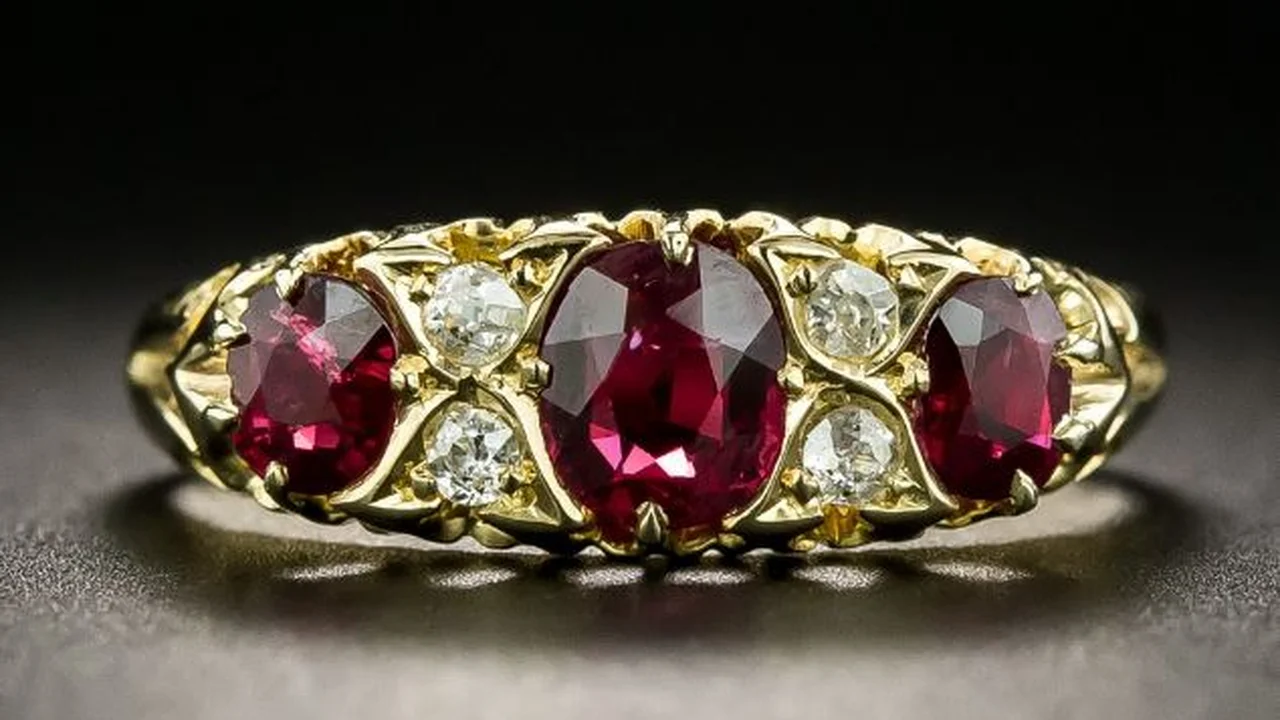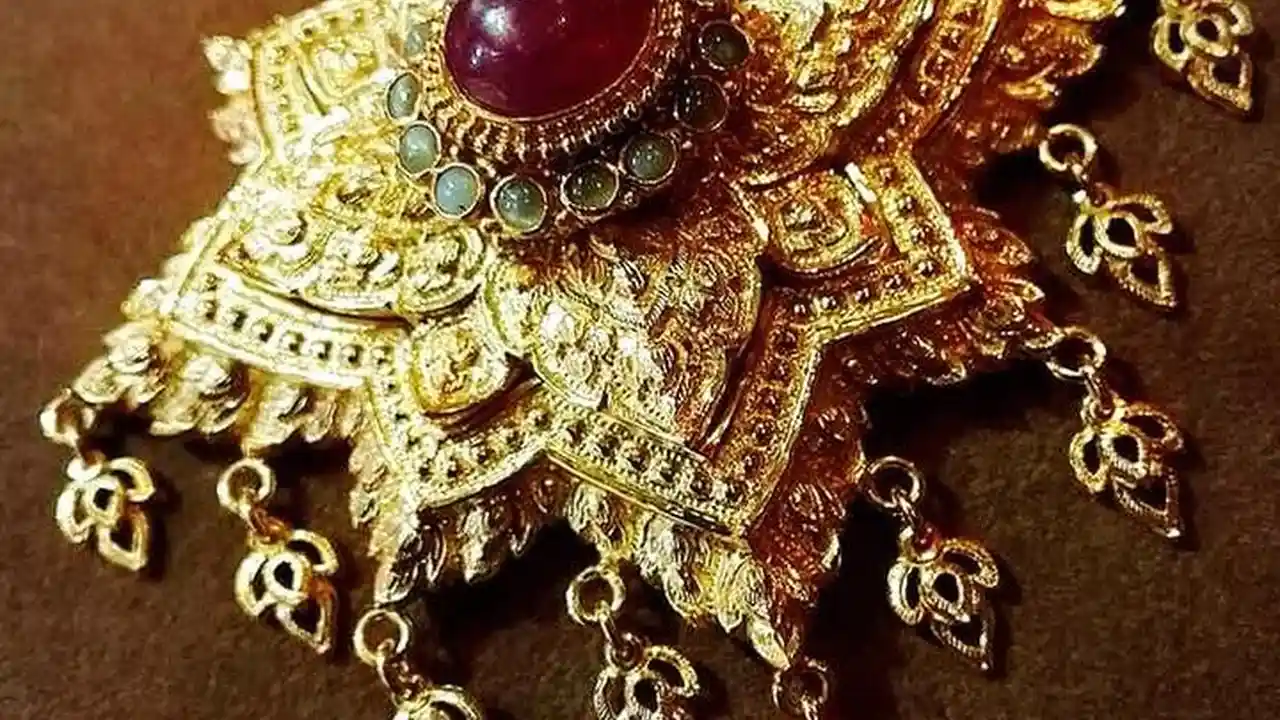Emeralds in Estate Jewelry A Guide to Green Elegance
Explore the elegance of emeralds in estate jewelry Learn about different types, origins, and how to care for emeralds.

The Enduring Appeal of Emeralds in Antique and Estate Jewelry
Emeralds, with their captivating green hue, have been prized for centuries. Their presence in antique and estate jewelry adds a touch of sophistication, history, and undeniable allure. But what makes emeralds so special, and how can you navigate the world of emerald-adorned vintage pieces?
Understanding Emerald Origins and Types for Jewelry Collectors
Emeralds are a variety of the mineral beryl, colored by trace amounts of chromium and sometimes vanadium. The finest emeralds exhibit a vibrant, slightly bluish-green color. Key origins include:
- Colombia: Renowned for producing some of the world's finest emeralds, characterized by their intense green color and exceptional clarity. Mines like Muzo and Chivor are historically significant.
- Zambia: Zambian emeralds often possess a slightly darker green hue with bluish undertones. They tend to have fewer inclusions than Colombian emeralds.
- Brazil: Brazilian emeralds are typically lighter in color and may contain more inclusions. However, they are often more affordable.
- Afghanistan: Historically significant and increasingly available, Afghan emeralds can display a rich green color and good clarity.
Understanding the origin can impact the value and perceived quality of an emerald.
Emerald Characteristics Clarity Cut and Color in Vintage Pieces
When evaluating emeralds in estate jewelry, consider the following:
- Color: The most desirable emeralds have a vivid, slightly bluish-green color. Avoid stones that are too light, too dark, or overly yellowish.
- Clarity: Emeralds are known for their inclusions, often referred to as 'jardin' (French for garden). These inclusions are part of the stone's character and can even enhance its beauty. However, excessive inclusions can affect brilliance and durability.
- Cut: Emeralds are often cut in a rectangular or square step-cut, known as the 'emerald cut,' to maximize their color and minimize chipping. Other cuts, such as round, oval, and pear shapes, are also found in antique jewelry.
- Carat Weight: Larger emeralds are rarer and more valuable. However, quality is more important than size.
Popular Emerald Cuts and Settings in Antique Jewelry Design
Emeralds lend themselves beautifully to various settings and styles. Here are some common examples found in estate jewelry:
- Halo Settings: Emeralds surrounded by a halo of diamonds are a classic choice, enhancing the emerald's brilliance and perceived size.
- Bezel Settings: A bezel setting protects the emerald's edges and provides a sleek, modern look.
- Prong Settings: Prong settings allow maximum light to enter the emerald, showcasing its color and sparkle.
- Channel Settings: Small emeralds set in a channel create a subtle and elegant look.
Spotting Treated Emeralds What to Look for in Vintage Jewelry
Emeralds are frequently treated to enhance their color and clarity. Oil treatments are common and generally accepted. However, be aware of other treatments, such as resin or polymer fillings, which can affect the stone's long-term durability and value. Ask the seller about any treatments that have been performed on the emerald.
Caring for Emeralds in Estate Jewelry Proper Cleaning and Storage
Emeralds require special care to maintain their beauty. Avoid harsh chemicals, ultrasonic cleaners, and steam cleaners, which can damage the stone or remove oil treatments. Clean emerald jewelry with a soft brush, warm water, and mild soap. Store emerald jewelry separately from other gemstones to prevent scratches.
Recommended Emerald Estate Jewelry Pieces with Pricing and Usage Occasions
Here are a few examples of emerald estate jewelry pieces, along with estimated pricing and suggested usage occasions:
- Vintage Emerald and Diamond Ring (Art Deco Style): Featuring a central emerald cut emerald (approx. 1 carat) surrounded by diamonds in a platinum setting.
- Estimated Price: $3,500 - $6,000
- Usage Occasion: Cocktail parties, formal events, anniversaries.
- Antique Emerald and Pearl Pendant (Victorian Era): A delicate pendant featuring a pear-shaped emerald (approx. 0.5 carat) suspended from a pearl necklace in a 14k gold setting.
- Estimated Price: $1,800 - $3,000
- Usage Occasion: Everyday wear, special occasions, weddings.
- Estate Emerald and Diamond Earrings (Mid-Century Modern): Emerald studs (approx. 0.75 carat each) surrounded by a cluster of diamonds in a 18k white gold setting.
- Estimated Price: $4,000 - $7,000
- Usage Occasion: Formal events, business meetings, evening wear.
Emerald vs. Other Green Gemstones A Comparison for Collectors
Emeralds are often confused with other green gemstones. Here's a quick comparison:
- Emerald vs. Peridot: Peridot is a lighter, more yellowish-green than emerald. It also lacks the jardin inclusions characteristic of emeralds. Peridot is less expensive.
- Emerald vs. Green Tourmaline: Green tourmaline can range in color from light green to deep forest green. It generally has better clarity than emeralds and is often more durable.
- Emerald vs. Tsavorite Garnet: Tsavorite garnet is a vibrant green garnet with excellent brilliance and clarity. It is rarer than emeralds but typically less expensive in smaller sizes.
Finding Authentic Emerald Estate Jewelry Tips for the Discerning Buyer
Purchasing emerald estate jewelry requires careful consideration. Here are some tips:
- Buy from Reputable Dealers: Choose dealers specializing in antique and estate jewelry with a proven track record.
- Ask for a Gemological Report: A report from a reputable gemological laboratory (e.g., GIA, AGS) can provide valuable information about the emerald's origin, treatments, and quality.
- Examine the Jewelry Carefully: Inspect the emerald for any signs of damage, excessive inclusions, or unusual treatments.
- Compare Prices: Research the market value of similar pieces to ensure you are paying a fair price.
- Trust Your Instincts: If something seems too good to be true, it probably is.
Emerald Jewelry in Different Eras A Historical Perspective
Emeralds have been used in jewelry for thousands of years. Different eras have favored different styles and settings:
- Victorian Era (1837-1901): Emeralds were often used in mourning jewelry and sentimental pieces, symbolizing hope and rebirth.
- Art Deco Era (1920s-1930s): Emeralds were paired with diamonds and onyx in geometric designs, reflecting the era's bold and glamorous aesthetic.
- Mid-Century Modern Era (1940s-1960s): Emeralds were often set in simple, elegant designs, showcasing the stone's natural beauty.
:max_bytes(150000):strip_icc()/277019-baked-pork-chops-with-cream-of-mushroom-soup-DDMFS-beauty-4x3-BG-7505-5762b731cf30447d9cbbbbbf387beafa.jpg)






